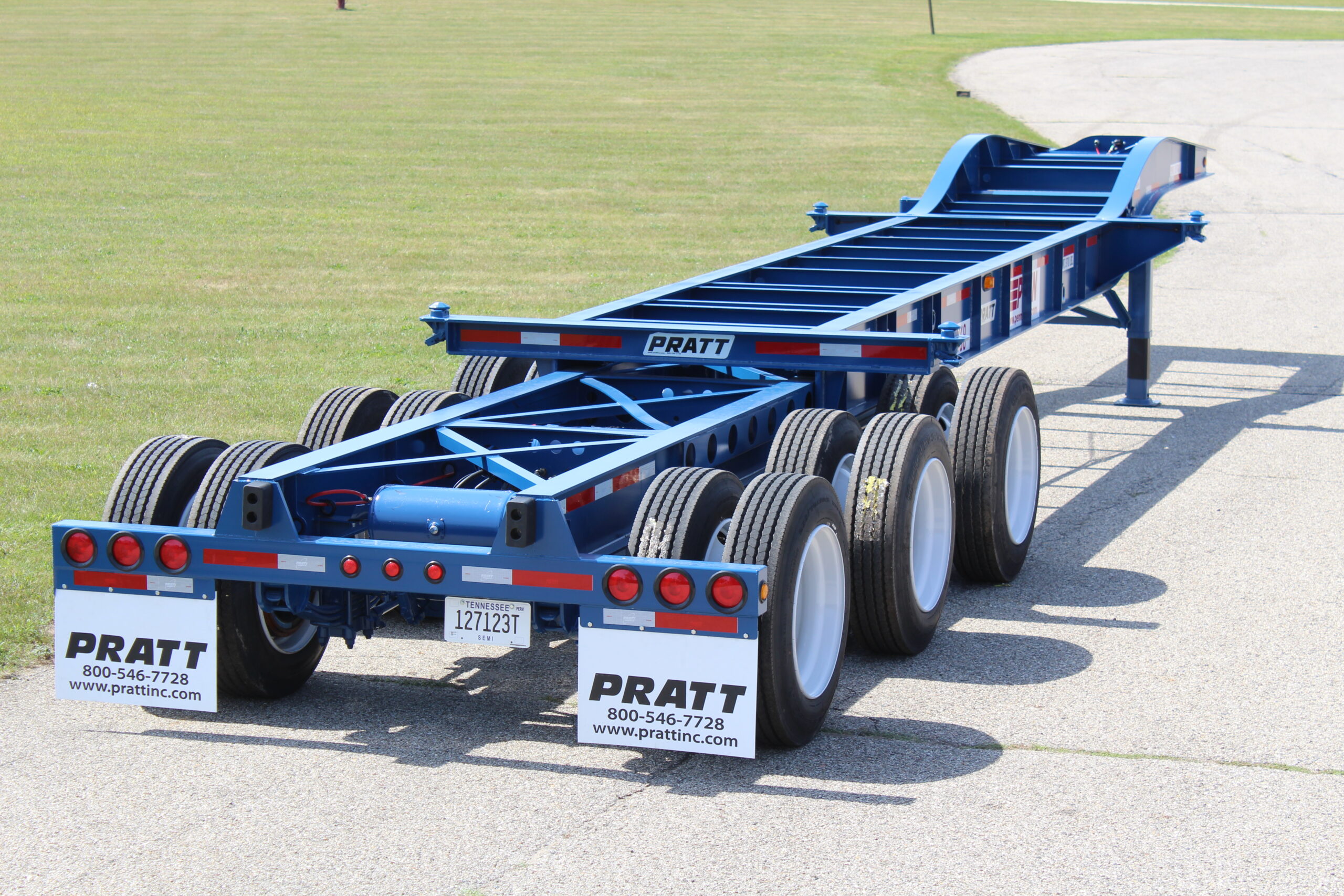Chassis inspections are currently in the spotlight as the American Trucking Association (ATA) alleges that some West Coast port chassis inspections are being illegally performed under the ratified ILWU/PMA contract. Since, by Federal law, chassis are required to be “roadable” the inspection process has legal, safety and financial implications.
Certificates and Chassis Inspection
The chassis inspection process at U.S. ports starts with the inspector checking the trucker’s driver’s license and running it to make sure it is in good standing. The inspector will then ask for a HAZMAT Endorsement (if applicable), Medical Examiner’s Certificate, and a Bill-of-Lading. The inspector then moves to the driver’s logbook, which must show the driver’s status for at least the previous eight (8) days.
Essential Components Check
The inspector goes through a visual check of the interior of the cab for safety equipment and verifies that the windshield, wipers, horn, and lights are all in good working order. The inspector then reviews the essential components of the truck including the front axle, tires rims, lugs, hubs, suspension, brake chambers, brake linings, and tire tread. Then, the chassis inspection continues with the examination of the fuel tanks, air tanks, airlines and glad-hands, mud flaps, lights, frame, and cross-members.
Chassis Inspection
The chassis inspection itself includes the inspector checking the chassis anchor points, rims, hubs, tires, load securement, and rear axle area. Typically, chassis tires, rims, hubs, brake chambers, axles, leaf springs, U-bolts, tire pressure, load securement, and lamps are examined.
IEP Identification
In addition, the equipment must identify the intermodal equipment provider (IEP) with its legal name and USDOT number. The IEP may be identified by any one of the following four (4) methods:
- The marking must appear on the curb side of the item of equipment; or
- The markings must appear on a curb-side label on the equipment; or
- The IEP’s USDOT number must appear on the interchange agreement; or
- The markings must be shown on a document placed in a weather-tight compartment affixed to the frame.
FMCSA Regulations
The USDOT number of the intermodal equipment provider is maintained in a database that is available via real-time Internet access of the Intermodal Association of America’s Global Intermodal Equipment Registry (GIER) and by telephonic access. The inspector can stop the vehicle from continuing if it does not meet Federal Motor Carrier Safety Administration (FMCSA) regulation standards. Other violations must also be repaired before the vehicle is re-dispatched.
Driver Vehicle Inspection Report
The Driver Vehicle Inspection Report (DVIR) that is filled out by the inspector is then uploaded to FMCSA’s Safer System database and to the state’s SAFETYNET database, which are immediately available to other inspectors through Query Central. On the state level, the inspection is processed and uploaded for access to the Motor Carrier Information Management System (MCMIS). All of these databases are part of FMCSA’s core operational information system databases.
Violations
In the event of a violation, the driver must provide the motor carrier and the IEP with a copy of the chassis inspection report within 24 hours. The motor carrier and the IEP must certify (via signature on the inspection) that any found violations were repaired, and then return the signed certification to the state.


